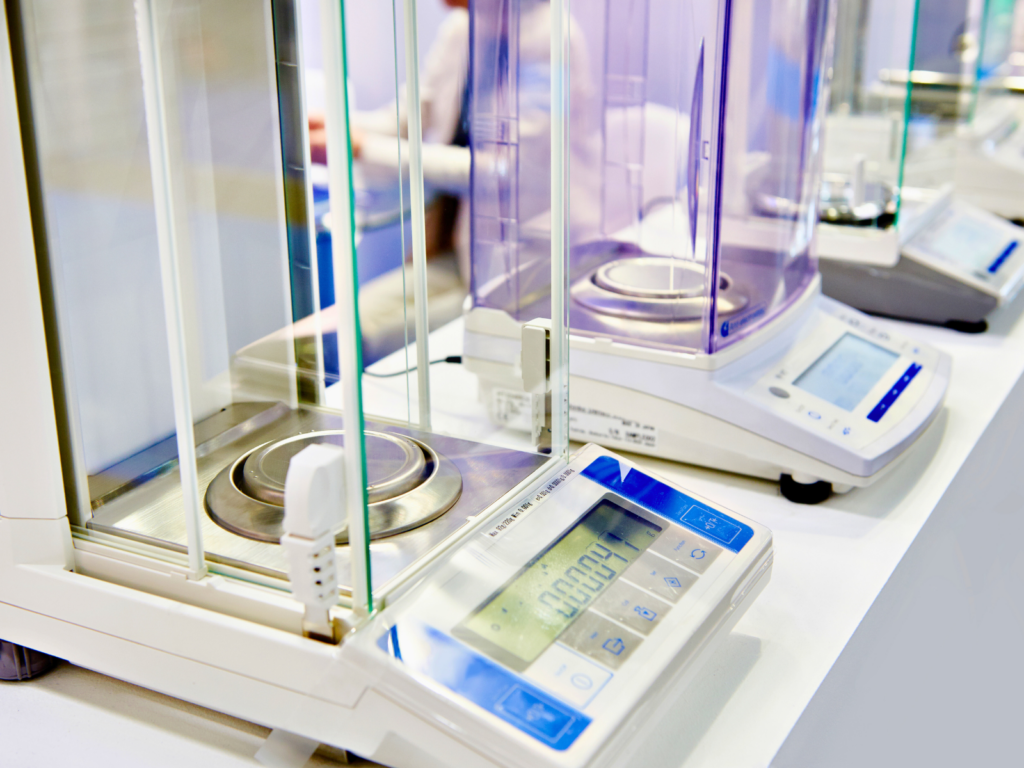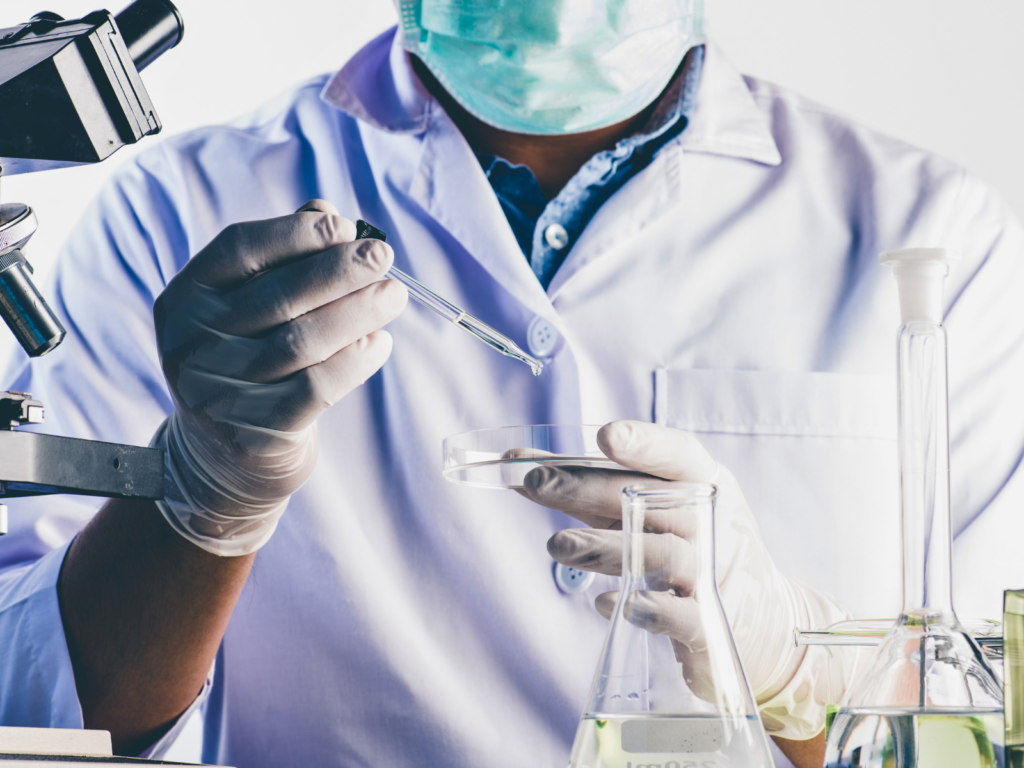Temperature mapping is essential, whether it’s fridges and freezers or your whole warehouse that needs to be climate controlled. Understanding the ins and out of it can save you lots of money.

What is Temperature Mapping?
Also known as thermal mapping, temperature mapping is considered a Good Manufacturing Practice (GMP) which aims to help companies monitor and document temperature and humidity fluctuations in a controlled space such as cold-storage units, freezers, laboratories, and warehouses.
Temperature mapping allows you to identify any hot or cold spots so you can correct them and safeguard the integrity of your climate-controlled space and products.
Why Is Temperature Mapping Important?
Businesses that manufacture, transport, or store thermal-sensitive products, such as medications, food, and drinks, must maintain specific temperatures and humidity ranges to comply with regulatory requirements.
Even the slightest variation can have a disastrous impact on product quality and efficacy and, in some cases, can render the product unfit for consumption, resulting in financial loss, potential fines, and legal issues.
There are many reasons why temperature fluctuations occur, including weather, location, layout, changes in cooling equipment, air circulation, and product quantity. Temperature mapping allows you to identify inconsistencies so they can be analyzed and corrected, ensuring your controlled storage systems operate at maximum efficiency and efficacy.

How is Temperature Mapping Accomplished?
Successful temperature mapping requires expert planning and involves different steps:
- Selecting Data Loggers
It’s imperative to choose data loggers that offer features that meet your specific facility and operation’s needs.
When selecting suitable data loggers for your business, our techs consider many aspects, such as storage capacity, temperature range, sampling rate, physical size, and battery life. We also search for integrated software to help make sample collection and analysis easier. It’s important to note that software specifications vary depending on their application. For instance, the software must comply with FDA 21 CFR Part 11 requirements in pharmaceutical applications.
- Locate Critical Mapping Zones
Some areas are more susceptible to temperature changes and, therefore, can become problematic. This step is significant when dealing with large open spaces that pose additional challenges when maintaining uniform temperatures.
Common problem areas include spaces near doors, windows, external walls, ceilings, HVAC ducts, and machinery. In addition, outside weather conditions and poor air circulation and storage planning can create hot spots that can affect temperature and humidity.
- Plan Sensor Distribution and Spacing
Each climate-controlled storage space is unique. Therefore, strategically placing sensors in pre-determined locations along a 3-dimensional grid based on their width, length, and height is essential.
Temperature sensors are designed to measure temperature at specific points rather than a whole area. Therefore, to ensure you have complete and accurate data to analyze, it’s vital to distribute enough sensors around the space.
- Document Sensor Location
A critical step in temperature mapping is recording each sensor’s location. This allows techs to check for faulty units that may cause inaccurate results.
Recording sensor location is easy. All that is needed is to list the serial number and location within the area’s pre-determined map.
Documenting sensor locations is instrumental in ensuring their proper maintenance. In addition, keeping a log can also help identify sensors that need recharging or replacing.
- Upload and Analyze Data
Once you have all the measurements collected during the sampling period, it’s time to upload them to the integrated software for analysis. The temperature measurements serve to calculate the average kinetic temperature and minimum and maximum temperatures of both the space and products. Temperature compliance varies depending on industry standards and regulations. However, for security reasons, the integrity of the original data needs to be protected through encryption.
- Record, Adjust, and Repeat
Once your temperature mapping is complete and adequately documented, you can make all necessary adjustments to correct the identified problems.
After addressing the problems, it’s necessary to do a follow-up temperature mapping using the exact sensor location to evaluate if the changes corrected the temperature inconsistencies.
You should conduct a temperature mapping every time there is a change in the environment or stock.

Which Industries Benefit from Regular Temperature Mapping
Temperature mapping is critical in many industries. From manufacturing, distribution, and storage, the following sectors rely on accurate and precise temperature mapping:
- Pharmaceutical and Biotech Manufacturing
- Medical Device Manufacturing
- Laboratory Operations
- Food and Beverage
How Allometrics Can Help
At Allometrics, we provide quality temperature mapping services tailored to your unique needs and environmental conditions.
Our certified technicians ensure that your climate-controlled spaces and storage units confidently meet all acceptance criteria established by regulatory agencies.
We are known for efficient mapping turnaround times and accurate measurements using advanced top-of-the-line equipment.
Your temperature mapping and certification documentation are accessible online and customized to your business needs. In addition to providing quality temperature and humidity mapping services, we are committed to providing outstanding customer service.
Allometrics is the one-stop solution for all your temperature mapping needs. Contact us today to schedule your next service.






